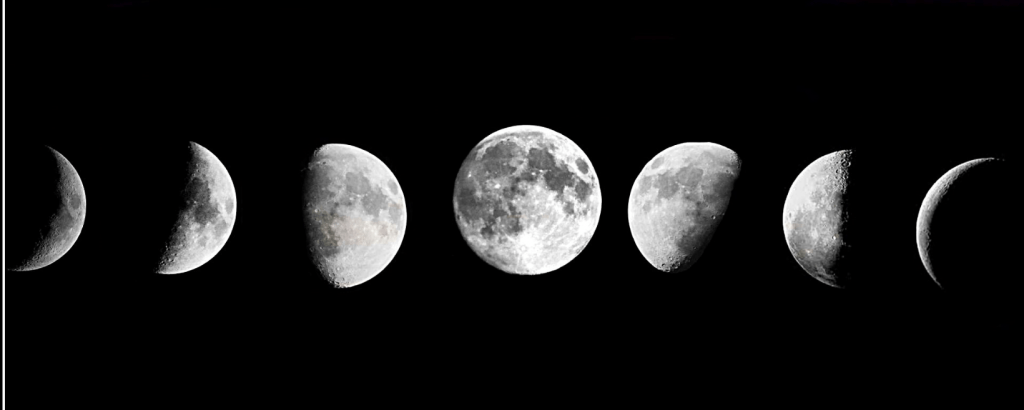Ever wonder if those old sayings about gardening are useful or even true? For example, “Snow is the poor man’s fertilizer” (turns out, that one is true.) And many gardeners know the old planting rhyme: “One for the blackbird, One for the crow, One for the cutworm, and One to grow.” The saying has various origins, different constructions, and offers advice about HOW MANY seeds to plant, but just WHEN to plant those seeds in that fertile soil requires additional research.
Phenology, the study of plant and animal cycles and how they are affected by environmental and seasonal changes, can provide clues and answers to spring planting questions. According to phenology, events that would seem to be unrelated (lilac bloom and planting beans) can be linked and are indicators of when the local climate is suitable for planting certain seeds and transplants. Since phenology is based on local observations, it can apply regardless of what zone or local microclimate you’re gardening in. The Wisconsin Cooperative Extension and Cooperative Extension in Maine offer additional information about phenology.
The Old Farmer’s Almanac and others have long used these signs of nature as indicators for planting. Lilacs figure into many of these signs. For instance phenology indicates that beets, broccoli, Brussels sprouts, carrots, collards, lettuce and spinach can be planted when lilacs first begin to leaf out and the dandelions are in bloom. When lilacs are in full bloom, they say, it is time to plant beans, cucumber, squash, and tender annuals. Plant potatoes when the dandelions bloom.
What are some other phenology signs? If you forage for mushrooms, begin looking for morels when the oak leaves are the size of mouse’s ears. Perennials can be planted when maple trees begin to leaf out. When apple blossoms fall, it’s time to plant pole beans and cucumbers. See this Chart for additional tips.
There is a caveat, however: phenology doesn’t always work for seed planting. Consider for example that there could be a warm spell that encourages the lilacs to leaf out early, followed by a prolonged cold or snowy period of time that causes planted seeds to rot in the ground or the seedlings to freeze. There are early, mid-and late- season lilacs and daffodils, so which should we go by? Timing planting according to those blooms could be a disaster.

Planting by moon cycles is a another way to think about the timing of planting seeds. Just as the moon affects the tides with gravitational pull, it also affects how much water is available for seed germination and then as the moon cycles change, it affects plant root development. According to this methodology, above ground veggies should be planted when the moon is waxing (from the day the moon is new to the day it is full), while root veggies should be planted when the moon is waning (when its visible surface area is getting smaller). Charts and recommendations are available to help plan spring planting according to the moon, and these can be customized to specific zones too.
There are many resources online that encourage you to make your own planting guide. When creating your own, I encourage you to consider phenology, nature’s hints, moon phases, your zone, last frost date, soil temperature, and your schedule to arrive at the best planting time for your seeds. Whatever method you use, keep notes about conditions and use those to refine your planting for next year.
Another source of seed planting and other gardening recommendations is the Growline (SLCGrowline@gmail.com). Master Gardener Volunteers are ready to field your questions, so reach out anytime.
A Master Gardener since 2013, Anneke Larrance loves to grow perennials, annuals, vegetables, fruit, water lilies, and houseplants. She experiments each summer, cultivating at least one plant she’s never grown before. She led the CCE creation of a living barn quilt, enjoys judging 4-H horticulture exhibits at the county fair, and writes and presents about gardening.
